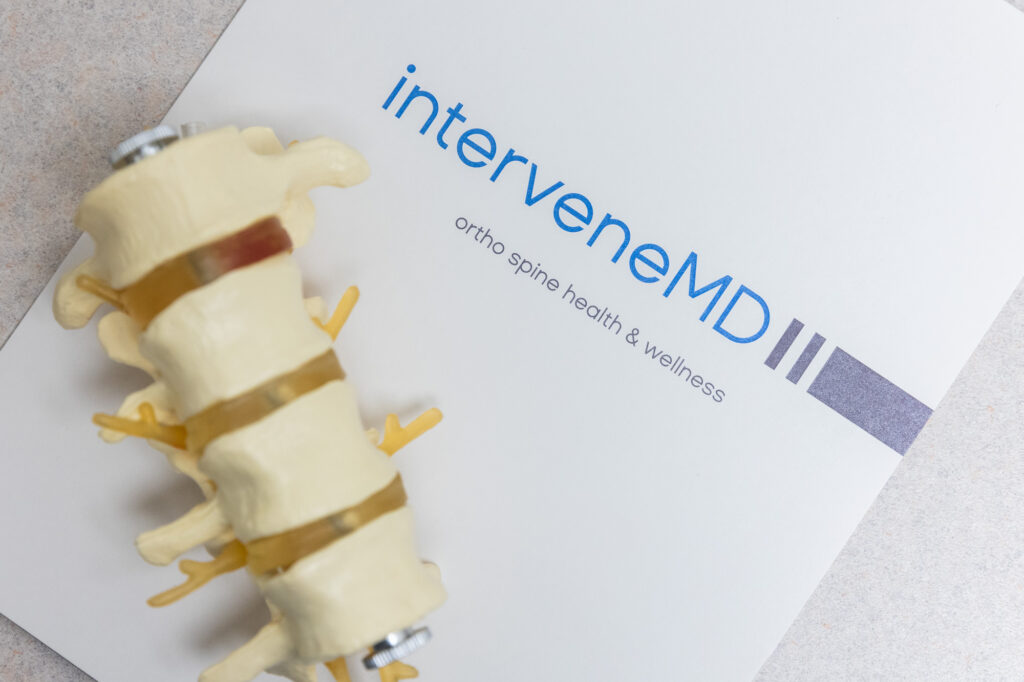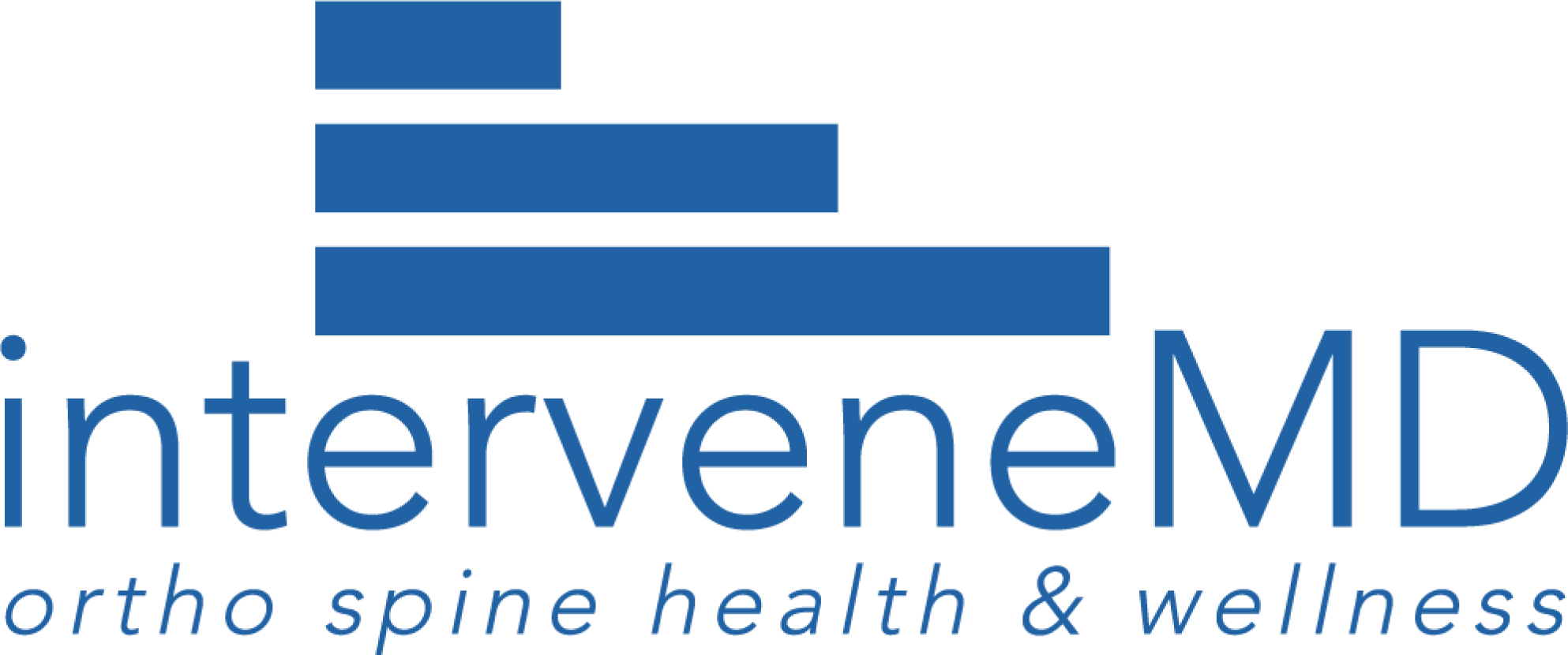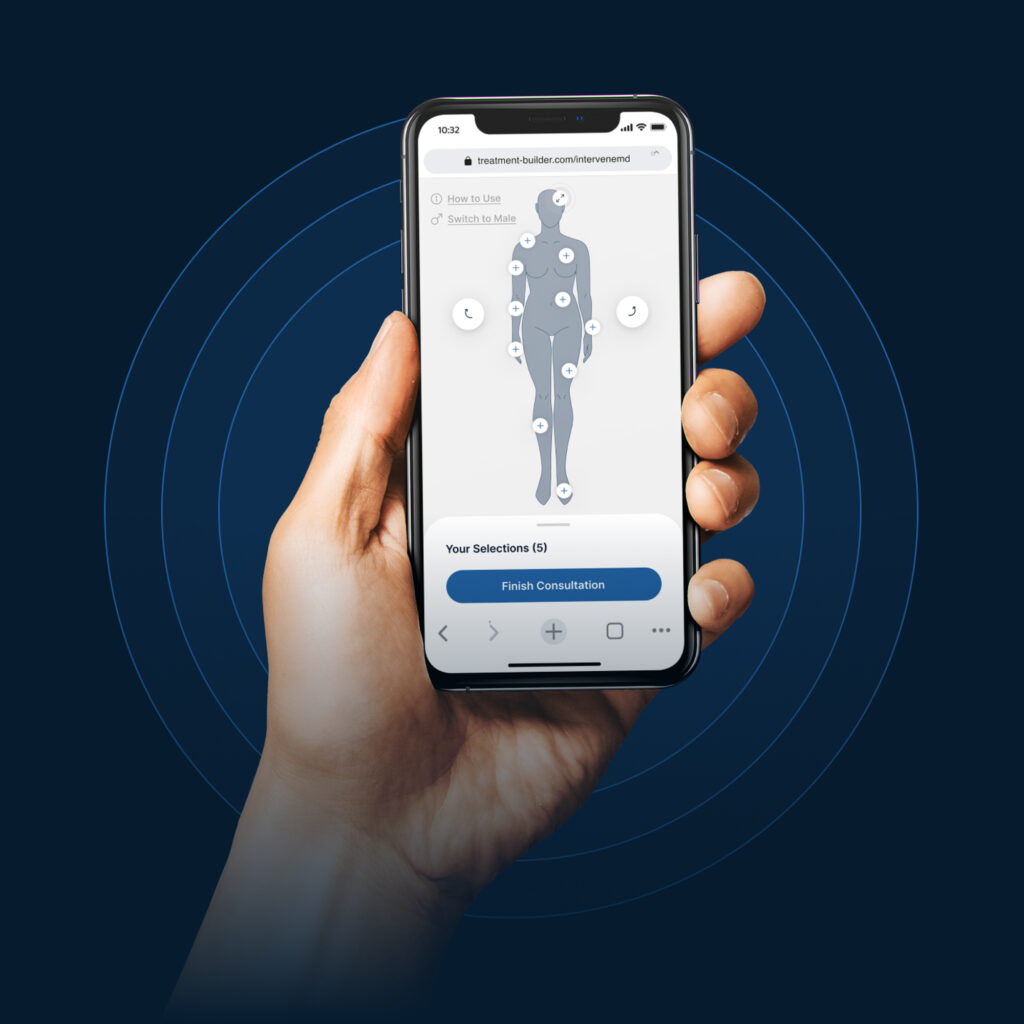
Ligaments are cable-like structures which hold your bones together and allow you to walk and move without falling apart. Ligaments are flexible, but they do not stretch very far. Injuries, such as when you sprain a ligament, twist a knee, take a bad fall, suffer whiplash, or lift an object which is too heavy, can tear or fray these cable-like structures. These injuries set up a healing process called inflammation to repair the injured ligament.
You know this process is happening when you feel pain and heat, note swelling, and cannot move the injured joint. If the healing process is completely successful, then the ligaments will return to their normal strength and length, and you can return to your normal activities. If this healing process does not completely work, the ligaments may heal stretched.
This “stretched out” ligament will lead to a situation which can cause pain and discomfort with movement. When a ligament is strain or injured, some strands or threads which make up the cable become over-stretched and broken. The torn or strained ligament is really millions of tears of these strands which are molecules of collagen. Loose ligaments allow the joint to move beyond its normal range of motion. The abnormal motion allowed by the strained ligaments will produce painful sensations and make you aware of the problem.
These sensations also include feelings of “numbness and tingling” and a phenomenon of referred pain. This referred pain is created by the ligament laxity around joint, but is felt at some distance from the injured joint. The abnormal joint movement also creates many protective actions by adjacent tissues. Muscles will contract in an attempt to pull the joint back to the correct location or stabilize it to protect it from further damage. We then feel the muscle spasms which are related to the ligament laxity.
There is a tendency to treat the muscle spasms as the primary cause of the problem and many medical treatments may be directed toward the muscle spasms, and not the primary cause: the ligamentous strain. If the joint is slightly out of place because of the ligament laxity, it may respond to manipulative care. Such manipulative techniques will often give good relief and sometimes permanent relief. If lax ligaments can lead to muscle spasms, loss of movement, and all sorts of painful sensations and feelings, what can be done?
The only nonsurgical treatment for this ligamentous strain or laxity problem is prolotherapy or regenerative therapy. In order to understand prolotherapy or regenerative therapy, one must understand how the body heals ligament damage normally. This healing process is called inflammation. Inflammation has several distinct phases – the acute inflammation phase, the granulation phase, and the remodeling phase. Each phase has its own cellular and chemical processes and changes. Each phase is dependent upon the previous phase for initiation of the next step. Understanding information is key to gaining insight into how prolotherapy or regenerative therapies work.
The first phase is called acute inflammation and is about 100 hours long. This step begins at the time of injury, when ligaments and the adjacent cells are broken open and their contents spill at the wound site. The ligaments and cellular debris and a number of chemicals in the fluid or plasma around the broken cells attract an influx of white blood cells called leukocytes. Their job is to clean out the bacteria and prevent infection at the injury site. Many of the chemicals released during this phase will be broken down into messengers or chemical signals that tell cells to become active or inactive during this phase of inflammation. Some of these chemicals are called prostaglandins, which can cause pain at the site.
The leukocytes also secrete hormones which attract an important cell called the “macrophage”. The arrival of the macrophages at the injury site signals the beginning of the next phase in the healing process, the granulation phase. As the macrophages arrive at the injury site, they begin to “clean up” the area through a combination of digesting the broken-down cell parts and secreting enzymes, which break down many of the damaged ligament molecules. The macrophages also release a number of hormones which will bring more cells to the injury site.
The macrophages also release chemicals (growth factors) which stimulate the growth of new blood vessels, intercellular matrix, and the cells that will make new ligaments. These specialized cells which make ligaments are call fibroblasts. The fibroblasts will be responsible for the actual repairing of the sprained ligament. The combination of all these cells and the new blood vessels being formed causes the thickness and fullness that can be felt at the injury site. The granulation phase will be present for 10 days – 2 weeks. Fibroblasts will find the site where the ligament structures attach to the bone: the fibro-osseous junction. The fibroblasts will be stimulated, or “turned on” to make new ligaments by chemicals and hormones that have been released by the incoming macrophage. When fibroblasts are turned on, they rapidly make massive amounts of the basic building blocks of ligaments, collagen.
The third phase of healing is called “wound contraction”. During this phase, the new collagen deposited at the injury site will be organized into a new ligament. The fibroblasts make single long molecules which, when outside of the cell, will begin to entwine around each other, forming what we call a collagen fiber, which is a “triple helix” of these molecules. The individual molecules are held together by strong chemical bonds. As the collagen fibers wind around each other, they begin to contract and the molecules become shorter and tighter. Water is squeezed out (like squeezing a sponge), which also causes shrinkage.
As the millions of collagen fibers lose water and shrink, the ends of the ligament will be slowly pulled together and the laxity will decrease. We can see this in the healing of a skin wound as the edges of the wound pull tightly together near the end of the healing process. During the third phase of the healing process, all of the cells originally present to “clean up” the wound are recalled from the body. All that is left at the injury site is the fibroblasts which have been “turned on” and have been secreting the collagen and the other substances which will be used to increase the integrity of the site. This third phase of inflammation lasts for a number of weeks, and the “new ligament” tissue will not reach its maximum strength for several months.
Courtesy of the American Association of Orthopaedic Medicine, Primary authors Michele Fecteau DO and Tom Ravin, MD


